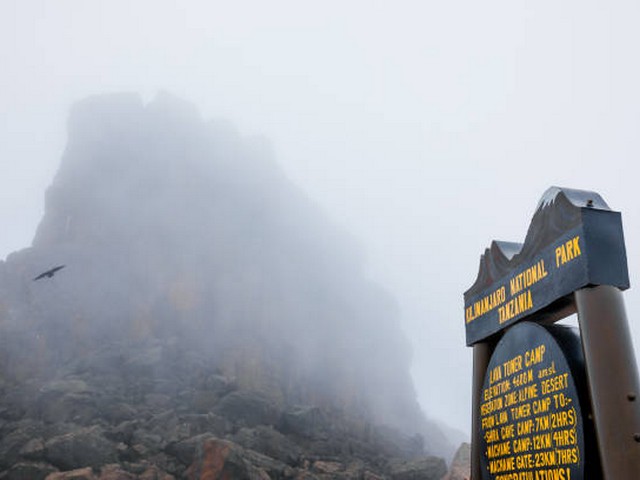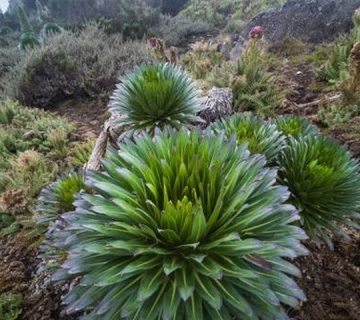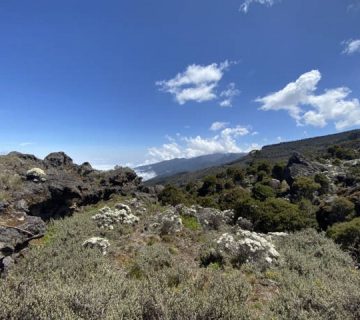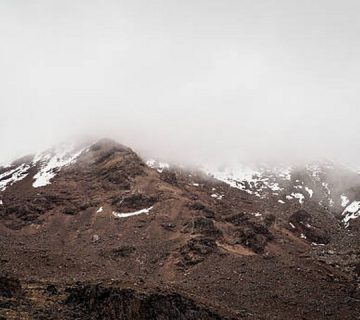What Equipment Do You Need For Kilimanjaro Trek?
Scaling the majestic heights of Mount Kilimanjaro, the crown jewel of Tanzania, is a dream etched in the hearts of adventurers worldwide. As you prepare to conquer the highest peak in Africa, knowing the right gear to bring along is not just a necessity—it’s the backbone of your trekking success. At Kilimanjaro Centre for Trekking and Ecotourism (KCTE), we understand the importance of preparation. That’s why we’re here to guide you through selecting the perfect equipment to ensure your journey is as breathtaking as the sunrise from Uhuru Peak. Let’s embark on this journey together, equipped for success!
Essential Kilimanjaro Trekking Gear: Your Checklist for Success
Clothing: Layering Up for the Climb
The secret to staying comfortable on Kilimanjaro lies in layering. Weather conditions vary dramatically from the balmy base to the freezing summit.
- Base Layer: Start with moisture-wicking material like merino wool or synthetic fabrics to keep you dry.
- Insulation Layer: A fleece or down jacket will help retain body heat in chilly conditions.
- Outer Layer: Waterproof and windproof jackets and pants are crucial, as the weather can change rapidly.
Footwear: Foundation of Every Step
- Hiking Boots: Invest in high-quality, waterproof, and broken-in hiking boots to protect and support your ankles.
- Thermal Socks: Pair your boots with wool or synthetic socks, and bring enough to change as needed.
- Gaiters: These are essential for keeping mud, rocks, and snow out of your boots.
Headgear: Protecting the Top
- Sun Hat: Opt for a wide-brimmed hat to shield you from the sun during the day.
- Beanie: Pack a warm hat for the cold nights and summit push.
- Buff or Neck Gaiter: Useful for protecting against wind and cold, and can be pulled up to cover your face.
Hands and Eyes Protection
- Gloves: Bring both lightweight gloves for lower elevations and insulated, waterproof gloves for the summit night.
- Sunglasses: Ensure they offer 100% UV protection to safeguard against intense solar radiation at high altitudes.
Backpack Essentials
- Daypack: A 30-40 liter backpack should suffice for your daily essentials, with your porters carrying the bulk of your gear.
- Hydration System: Staying hydrated is key. Use a water bladder for easy access or insulated water bottles to prevent freezing at higher altitudes.
Technical Equipment: Enhancing Your Climbing Experience
Navigation and Communication Tools
- GPS Device/Map and Compass: While guides know the way, having these can enhance your understanding of the route.
- Mobile Phone & Portable Charger: Keep your devices charged for emergencies and to capture those unforgettable moments.
Sleeping Essentials: Restful Nights Under the Stars
- Sleeping Bag: A high-quality, four-season sleeping bag rated for temperatures as low as -10°C is crucial for warmth during the night.
- Sleeping Mat: Adds an extra layer of insulation between you and the ground.
Health and Safety Gear
- First Aid Kit: Include altitude sickness medication, plasters, antiseptic, painkillers, and personal medications.
- Headlamp and Extra Batteries: Essential for the early morning summit push and navigating around camp after dark.
Extra Tips for a Successful Summit
Keep It Light
While it’s important to be prepared, overpacking can be a burden. Aim for a balance between preparedness and efficiency. Remember, every extra kilogram will feel heavier as you ascend.
Rent or Buy?
At KCTE, we offer high-quality rental options for most gear. This not only reduces your expenses but also ensures you have the appropriate, tested equipment for the specific conditions on Kilimanjaro.
Train with Your Gear
Familiarize yourself with all your equipment before the trek. Practice hikes with your fully packed daypack will help condition your body and ensure everything fits and functions as expected.
Why Book Your Kilimanjaro Trek with KCTE?
Choosing the right tour operator is as crucial as picking the right gear. Kilimanjaro Centre for Trekking and Ecotourism (KCTE) doesn’t just guide you to the top; we ensure a holistic, memorable, and safe climbing experience. Our expert guides, comprehensive climb support, and high safety standards are designed to make your Kilimanjaro journey nothing short of spectacular.
FAQs: Gear Up for Kilimanjaro
Q: Can I rent equipment once in Tanzania?
A: Yes, KCTE provides high-quality rental options for most of the essential gear.
Q: What is the most overlooked piece of equipment?
A: Many trekkers forget to bring a waterproof bag cover which is crucial during the rainy season.
Q: How do I choose the right size backpack?
A: A 30-40 liter backpack is typically sufficient. It should fit comfortably with adjustable straps and enough compartments for easy access to essentials.
Q: Are trekking poles really necessary?
A: Absolutely. Trekking poles reduce knee strain during descents and provide additional stability.
Conclusion
Preparing for Kilimanjaro is an adventure in itself. With the right equipment, a spirit of adventure, and the guidance of KCTE, you’re all set for an exhilarating and safe climb. Remember, it’s not just about reaching the summit; it’s about enjoying every step of the journey.
Ready to stand on the Roof of Africa? Book your Kilimanjaro trek with Kilimanjaro Centre for Trekking and Ecotourism (KCTE) today and turn your dream into reality. The mountains are calling!




